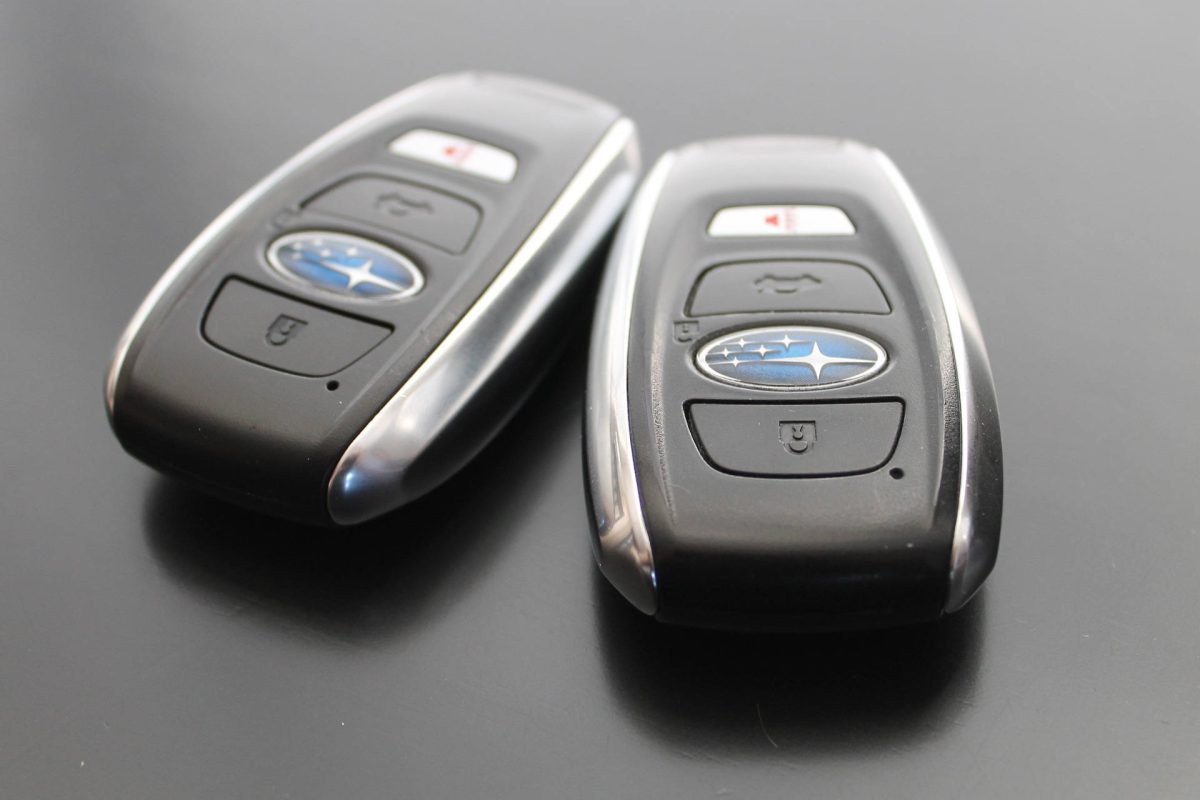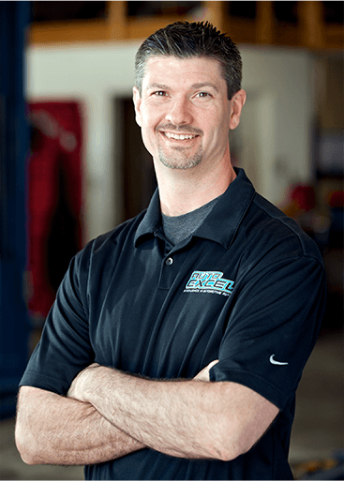
Why is Subaru Still a Popular Choice?
Subarus are adored by their owners. There are various reasons for this, and it’s no surprise they’re still a popular brand. Subaru vehicles are known for their safety, dependability, and fuel efficiency, which are all qualities that most commuters seek. That is not to imply, however, that Subarus are not tough vehicles. They are popular because they can manage difficult roads and adapt to practically any weather situation.
Subaru Repairs That Are Quite Common
You have a car known for handling well in bad weather, being safe, durable, and generally being a dependable vehicle. It sounds fantastic. Your Subaru should serve you well for many years. However, difficulties will undoubtedly develop. It’s just the nature of owning an automobile. Everything deteriorates over time, and it must be repaired. While making sure you get routine maintenance done on a regular basis might help you avoid some of these significant Subaru repairs, keep in mind that at least one of these difficulties is likely to arise as the years pass. Wear and tear damage is unavoidable after you reach a particular mileage. Although it’s doubtful that you’ll face all or even most of these issues, it’s best to be prepared in case one or two do arise. Here’s everything you need to know about Subaru’s most common repairs.
Head Gaskets Leakage
For some Subaru models, this is just the first of numerous problems that can arise, and they are not always immediately apparent. But make no mistake about it: Driving for long periods with leaking head gaskets can cause serious complications. The loss of coolant is the most common sign that anything is wrong with a head gasket. Coolants can leak from any place and go undetected. It’s possible that it’s seeping into the vehicle. Coolant that is sucked into the engine can quickly overheat and cause damage. Depending on where the coolant leaks, everything from blown spark plugs to corrosion and rust can happen. Bring your automobile in for service as soon as you notice any problems with its performance, especially if it has recently overheated.
Repairing a Double-Offset Joint
Subaru vehicles have a reputation for developing joint problems, particularly in the front end of the vehicle. When they begin to notice a new clunking sound while driving, many people find themselves bringing their automobiles in for just this type of repair. When new sounds start to appear while driving, bring your car in for service as soon as possible. In addition, if you find that your vehicle is beginning to behave differently, you should get it checked out immediately. To ensure everyone’s safety on the road, you cannot afford to lose any precision when driving your vehicle.
Joint Repair at Constant Velocity
This is yet another example of a problem that might be classified as “What’s that strange noise?” You may not know it initially, but there are several joints beneath your vehicle that help you turn your 3,000-pound machine with ease. At some point, it all turns out too much. Anything may be wrong with a joint if you start hearing clicking noises when you turn. It is well-known that Subarus require CV joint replacements consistently. Any changes in handling, as well as any new noises made when turning, should be evaluated by a technician.
Worn Axle Bearings
You’re probably noticing a pattern here. It’s difficult to pinpoint why Subarus and their wheels/axles have so many troubles. According to one acceptable theory, Subaru vehicles are frequently purchased by persons who navigate difficult terrain and harsh weather. It costs money to drive over all of the stuff regularly. When an axle or wheel bearing fails, there are some clear indicators. Again, a lot of it comes down to how well something sounds. Something is usually wrong when you hear clinking, buzzing, rumbling, or grinding. It may be difficult to determine which joint or bearing is causing the problem. The worst aspect about worn axle bearings is that they may show no evidence of damage until it is too late. So, have it checked out right away.
A/C System O-Rings
Leaks in the air conditioning system aren’t unusual in any car. It’s one of the most common reasons people take their automobile to the mechanic. The breakdown of the A/C system O-ring, on the other hand, is one specific source of problems with the air conditioning system in Subaru automobiles. It’s a pretty inexpensive part that your mechanic can readily repair. Even though it is not an extensive repair, a damaged o-ring results in the leakage of refrigerant, which can have serious consequences such as causing the compressor to overheat and fail. If you discover any form of leak, have it looked out as soon as possible.
Oil Problems
Subaru was confronted with a significant problem a few years ago when specific company models exhibited excessive oil consumption. A more technical explanation for this phenomenon is that the piston rings in some versions were deteriorating. As a result, the car used significantly more oil than was normally required. This necessitated regular repairs and a comparatively high number of oil changes and replacements for the vehicle. The matter appears to have been resolved, and Subaru has made concessions to its customers, such as longer warranties. If you drive a 2013 or 2014 model, though, you should be aware of the issue.
Replacement of the Timing Belt
The timing belt is a problem that will come up eventually, but you may be afraid of it because a broken timing belt can spell the end of your engine. That’s why, rather than waiting for a problem, mechanics often propose replacing it as you approach 100,000 miles. This is because, by the time a problem occurs, it is already too late. Subaru automobiles had a reputation for having earlier timing belt failures than other models for a long time. Although this appears to be limited to automobiles from the early 2000s, timing belt problems should never be taken lightly. If your mechanic suggests changing your timing belt as part of a standard maintenance procedure, you should consider it, especially if you’re approaching 100,000 miles.
Conclusion
You bought your Subaru with the hope of being able to drive it for many years to come. If you choose to do so, you may, but it will require some effort at times, just as it does with any other automobile. Whenever one of the common Subaru problems affects your vehicle, you should take it to a shop where you can be confident that the work will be done thoroughly and correctly.

